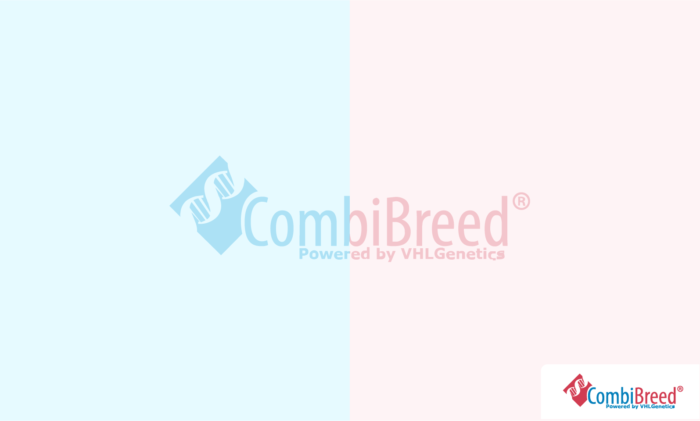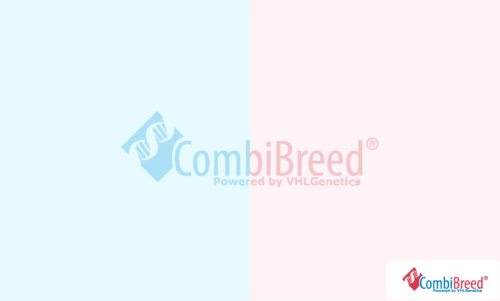
€57,48 €47,50 excl. VAT
Coat colour in dogs is controlled by a wide range of different genes working together.
10 working days
€5,95 shipping and administration per order (incl. VAT)
Specifications
| Breeds | |
|---|---|
| Gene | |
| Organ | |
| specimen | Swab, Blood EDTA, Blood Heparin, Semen, Tissue |
| Mode of Inheritance | |
| Chromosome | |
| Also known as | |
| Year Published |
General information
Coat colour in dogs is controlled by a wide range of different genes working together. These genes are often referred to as ‘loci’. The I-Locus, a.k.a intensity dilution/intensity/ dilution, corresponds to the gene MFSD12, which is involved in pigment production and distribution. A dominant mutation to this gene, designated as I, further dilutes the phaeomelanin (light pigment) of affected dogs, which can lighten a yellow or red coat to cream or white. The unaffected recessive allele, designated as i, results in normal coloration.
Clinical features
Affected dogs (I/I or I/i) develop lightened coats (usually described as pale cream or white), as long as they are also affected by the recessive variant of the E-Locus (e/e). Affected dogs are not albino, and should retain a dark coloration of the lips, paw pads, eye rims, etc.
Additional information
Coat colour is an intricate trait that involves a combination of multiple different genes. Testing for a range of different loci will give the most complete prediction of a dog's coat colour genetics.
References
Pubmed ID: 31117290
Omia ID: 2197
